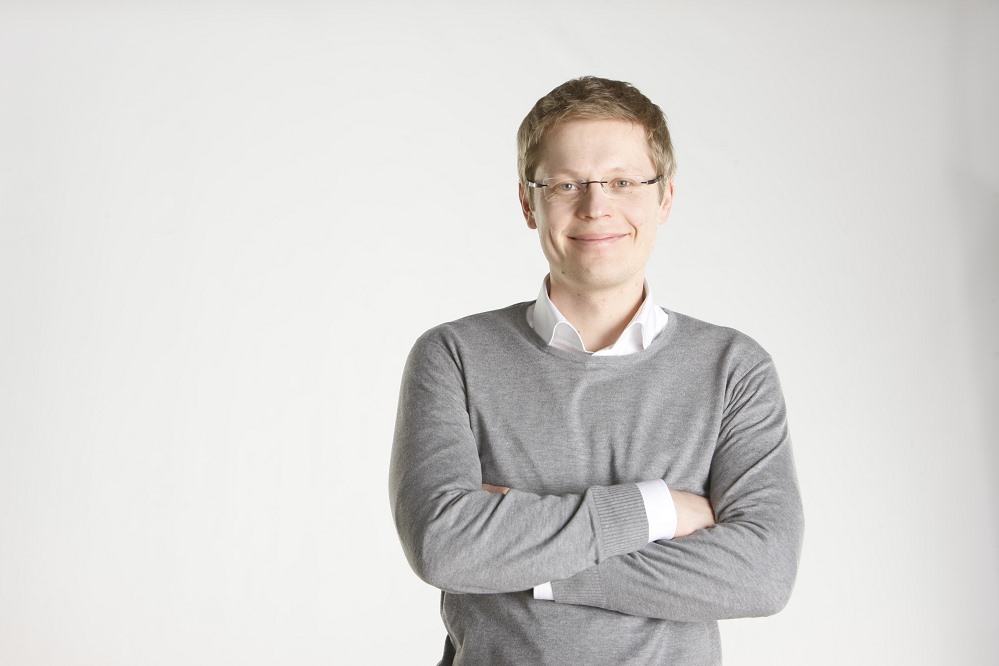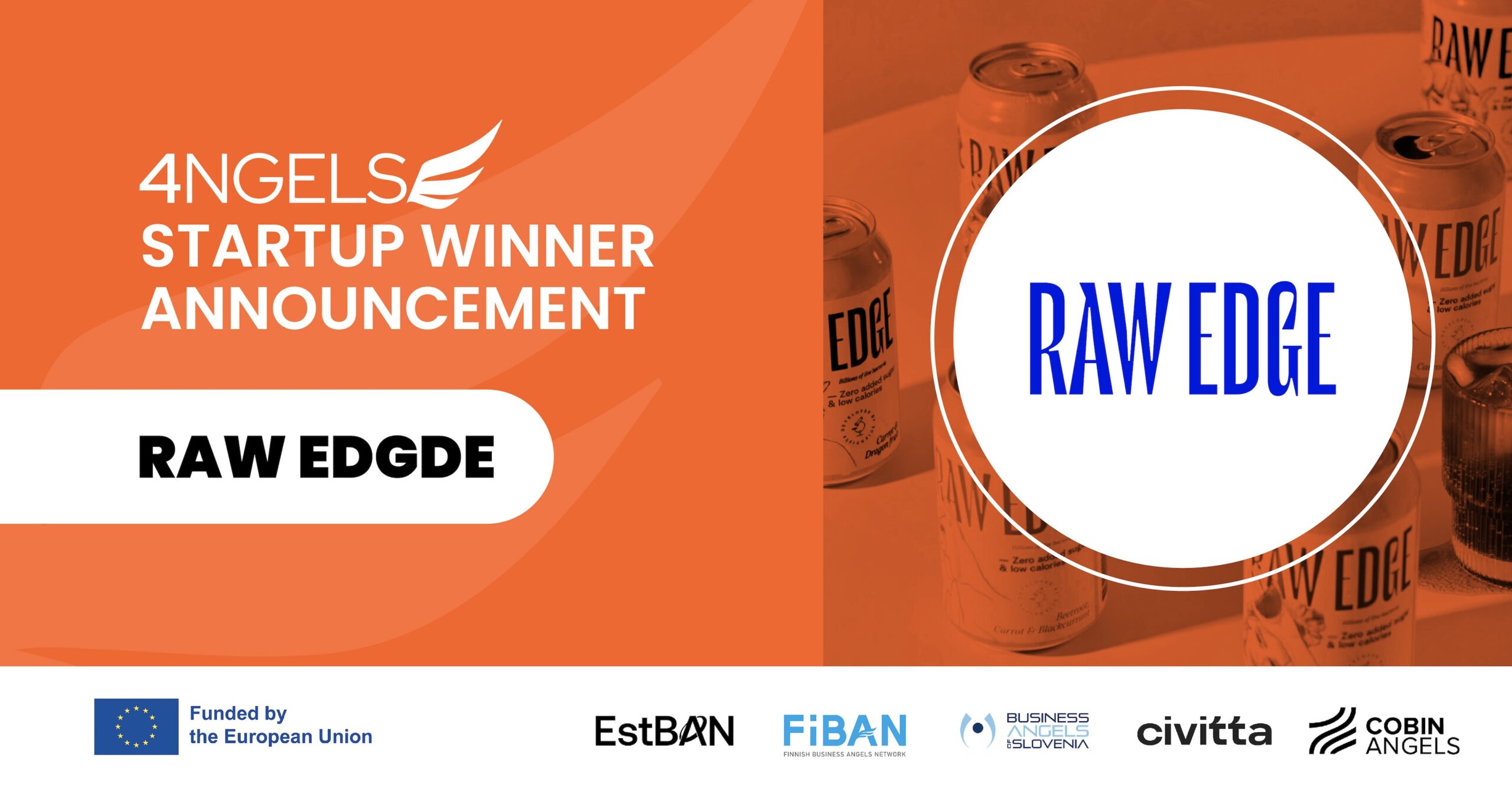Riivo Anton is a public servant by his first degree, but never really had a day job. He started as an entrepreneur by founding a management consulting business that focused on attracting R&D funding for Estonian companies. The company, previously known as Innopolis and now Civitta, has 120 employees in 5 countries, and is the largest independent consulting company in the region.
Riivo was interviewed by Marek Unt from JLP Communications Agency.
How did you end up in angel investments?
About 5-6 years ago I concluded that I had seen enough of the consulting business, so I started to look around for potential new enterprises. My first investment was into founding an architecture and engineering bureau that is still one of the largest in its field in Estonia.
I quickly came to the conclusion that with 2 different enterprises I couldn’t focus on all the details in the companies. So I took a rather natural turn towards angel investing and started focusing on only some areas of the businesses in details and left other areas to the management.
What companies are in your current portfolio?
I’m involved with 8 companies, in three major areas: consulting business, production (cellulose fiber production, agricultural chemicals), and technology startups. The latter category includes Vital Fields, Startup Wise Guys, Surface Labs and Cloutex.
I like to focus on companies that solve a problem other than boredom. This is why I tend to drift towards B2B companies, “useful stuff”.
I usually co-invest and take investment decisions together with Gerri Kodres (Fortumo). Sometimes also a third partner, Meelis Niinepuu from Innopolis joins us.
What were your first lessons as an angel investor?
Everyone needs to learn this on their own – once you start out as an angel investor and proposals and business plans start flowing in, you tend to feel the pressure of rushing into investments. Actually the poker strategy of remaining really calm plays out much better.
Now I tend to believe that it’s better to miss out on 10 good opportunities rather than go in on 3 bad ones.
Do you have underperforming companies in your portfolio?
Sure, some of the portfolio companies always perform better than others. I still haven’t resolved the paradox – should you focus on the companies that are doing great already, or the ones that need a lot of pushing? Although my gut feeling says that you should be focusing on the already successful ones, it’s easy to get into solving the issues of the less successful ones.
How much of your time goes into advising your portfolio companies?
Last year I spent around 2/3 of my time in advising my investments. Right now it’s come down to a third of my time, which currently seems optimal. But I’m flexible to change that if needed.

How did the connection with Cloutex come about?
I met them at a pitching event and spotted them for two things: the useful idea and the team. (People tend to speak about the importance of the team, but I see the idea as a filter that will help to get to the better teams.) Since I had recently convinced myself on a visit to Silicon Valley that Big Data is a field with a lot of potential and the chemistry with the team seemed good, I took this forward.
In the beginning of 2014, you pulled together a $600k seed round for Cloutex that included a number of EstBAN membrs. Was the syndication a time-consuming process?
It depends on how you look at it. For Cloutex, the time spent on getting the funding may have been long. For me, it was process of around 3 months of intense work.
The syndicate involves 11 investors. I don’t really like to take all the glory for the syndication, I think it involved several people that played important roles. But since we (me and Gerri Kodres) were the first ones that invested in Cloutex, I guess the glory is mostly for finding the company.
What kind of governance model have you established between all the investors?
Cloutex has an advisory board that meets monthly and investors were asked to join the board. Between the 11 people, there are more active and more passive ones. Some like to be hands-on and participate in the advisory board, others suffice by getting a monthly report of their investment and prefer for someone else to do the active management.
Are you already working on the next round?
We are working on a Series A round that will most likely go outside of Estonia. But we hope existing investors will join in as well.
Did Startup Wise Guys play a role in the success of Cloutex?
In this case, Startup Wise Guys was simply one of the investors. But an example of a company from my portfolio that benefitted from Startup Wise Guys is Vital Fields. I think they gained a good momentum from joining the accelerator, including the seed funding that allowed the founders to quit their day jobs and focus on the startup.
Do you see a big expectation gap in valuations for Estonian startups?
The valuations have gone up recently and probably will continue to do so once all the planned VC funds in the country will start investing. Indeed, that might raise a slight problem if valuations in other countries of the region are lower. Sometimes, young entrepreneurs just have false expectations. May be it is because of the success stories widely introduced in media or people at the start of their careers start dreaming about the lifestyle of an established entrepreneur in his 60s.
If you’re a startup, raising rounds at high valuations might be a good thing. If you’re an investor, it makes you wonder. Startups also need to realize that business is not about putting money in, but taking money out – the value is created on the exit. Too much attention is spent on getting money, not making it.
What other issues do you see in the angel investment landscape?
It seems to me that the investment horizon for angels is getting longer and longer. In my portfolio, the average age of an investment is considerably less than 5 years. When VCs come into play, the math becomes unforgiving. VCs have deadlines for their funds and a return expectation on their portfolio. This leads to situations where founders and angels have held a company for 5 years and are ready to exit, but the VC has only been there for a year. While the angel investor could be looking at a 10x return, the VC only sees 2x return and refuses to settle.
I like Marek Kiisa’s metaphor – if you’re an angel investor in the early phase, you’re like the actor on the stage. In the next investment round, you’re among the audience, but still have a good chance to yell and influence the direction of the play. When VCs come in, you have to accept your position in the back row of a movie theater where you can shout as much as you want to – it still won’t matter too much.
What are your expectations for EstBAN and your portfolio for 2014?
I think EstBAN has started out really strong and the team is great. I’m very interested in the angel fund, that we’re working on, to get state support and hope this becomes a reality in 2014.
As to my own portfolio, I expect growth. Although I don’t rule out new investments, I’m focused on the current portfolio. Surprise exits are always welcome, but I have no firm expectations there.




